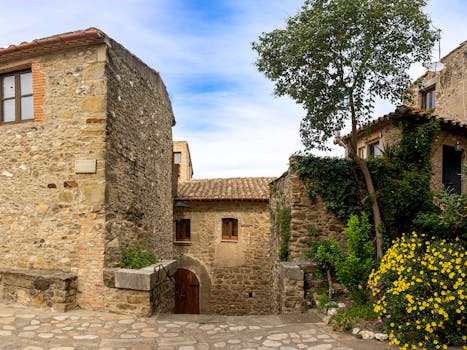
Traveling Through Time: How Europe’s Historical Heritage Shapes Modern Lifestyles in 2025
Traveling Through Time: How Europe’s Historical Heritage Shapes Modern Lifestyles in 2025. Europe, a continent steeped in history and tradition, has a unique ability to blend the old with the new. From the crumbling ruins of ancient civilizations to the modern metropolises of today, Europe’s historical heritage continues to shape the modern lifestyles of its inhabitants. In this article, we will explore how Europe’s rich cultural landscape influences the way people live, work, and interact with one another in 2025.
A Brief History of Europe
To understand the impact of Europe’s historical heritage on modern lifestyles, it is essential to take a brief look at the continent’s past. From the Roman Empire to the Renaissance, Europe has been shaped by a multitude of cultures, empires, and ideologies. Each of these has left an indelible mark on the continent, contributing to the diverse and complex cultural landscape that exists today.
The Influence of Historical Heritage on Modern Lifestyles
So, how does Europe’s historical heritage shape modern lifestyles? The answer lies in the many ways that the past continues to influence the present. From the architecture of modern cities to the art and literature that fills museums and galleries, Europe’s historical heritage is ever-present. In 2025, this heritage continues to inspire and inform the way people live, work, and interact with one another.
Preserving the Past for Future Generations
As we look to the future, it is essential that we preserve Europe’s historical heritage for future generations. This can be achieved through a variety of means, including the restoration of historical buildings, the promotion of cultural events and festivals, and the support of educational initiatives that teach people about the importance of Europe’s cultural landscape.
Conclusion
In conclusion, Europe’s historical heritage continues to shape modern lifestyles in 2025. From the architecture of modern cities to the art and literature that fills museums and galleries, the past is ever-present in the continent’s cultural landscape. As we look to the future, it is essential that we preserve this heritage for future generations, ensuring that the timeless charm of Europe continues to inspire and inform the way people live, work, and interact with one another.





